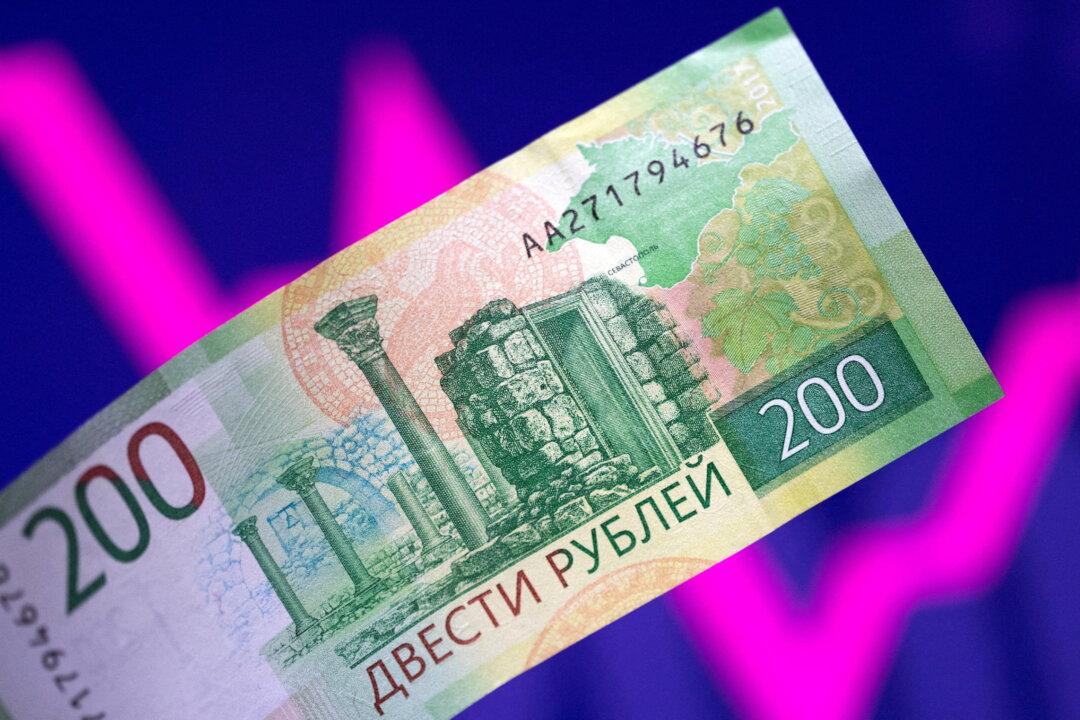Russian stocks largely shrugged off threats of further sanctions from the West on March 6, making gains after previously sliding earlier in the day amid threats of further sanctions from the West, while the Ruble stabilized.
The dollar-denominated RTS index fell to 979.34 points before reducing losses and adding 0.4 percent on the day to 1,008.9 points by 07.49 am (GMT).




